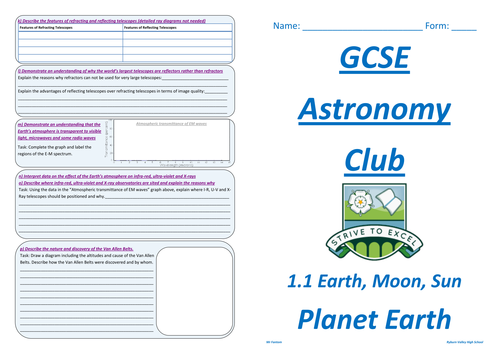Rolffantom's Shop
An expanding range of resources covering the new KS4 GCSE syllabus, specifically geared towards AQA but which can easily be tweaked for other boards. Over the course of the next few months, the topics covered will expand over the whole GCSE syllabus.























